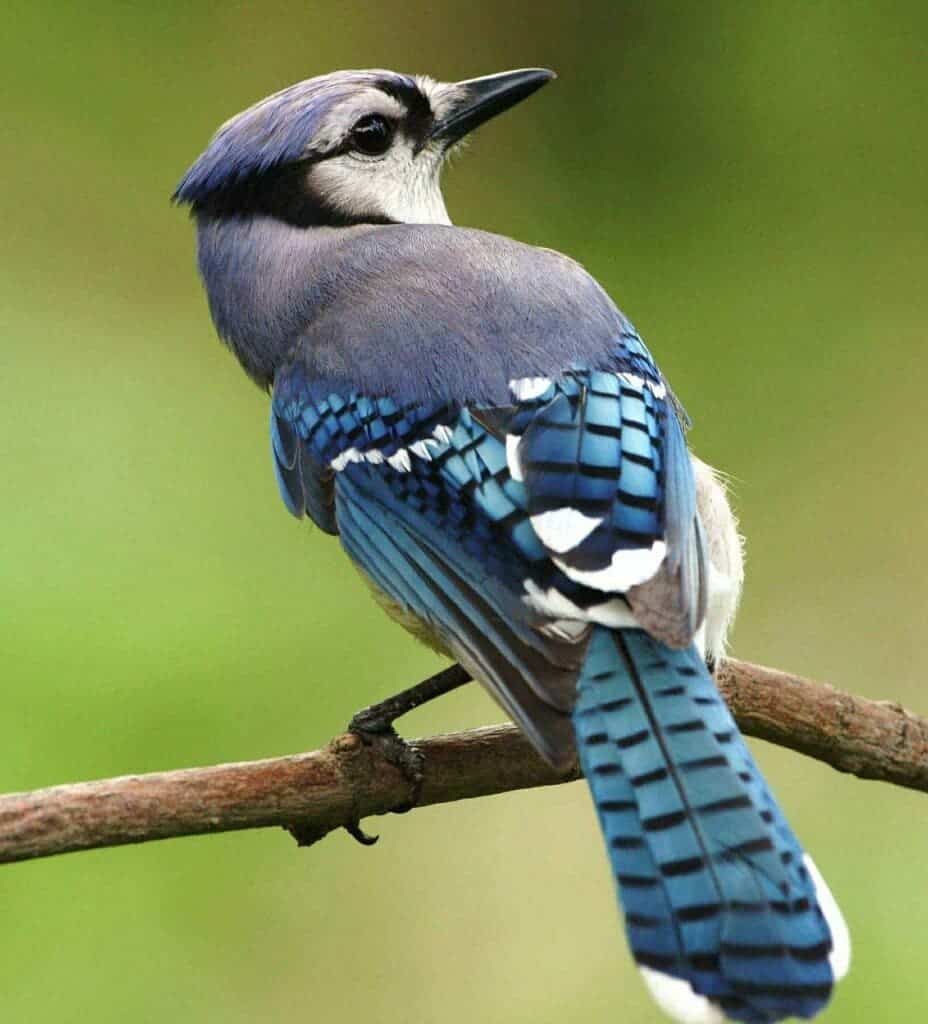Does the size of an animal’s brain dictate its intelligence? Or is it that the relative ratio of brain to body size matters? A new paper says that the truth is somewhere in the middle of both of these factors.

Behavior that we’d call intelligent is surprisingly widespread among wildlife. Various birds, at least one octopus, as well as primates have been observed using tools. Bowerbirds, octopi, and elephants show quite impressive artistic sense.
From our own experiences, it would seem intuitive and self-evident that a certain brain sophistication, for which size is a good proxy, is required to underpin such behaviors. That being said, observations in the field have shown that it’s actually pretty hard to figure out why some species seem to exhibit intelligence while some of their close relatives do not. In other words, we’re not exactly sure why some brains can foster intelligent behavior and others cannot.
In a bid to shed some light on the relationship between brains and intelligence, a recent study reports that, while sheer size matters, the ratio between the size of an animal’s brains to their bodies is also important. The researchers further explain that a specific approach to brain development seems to foster intelligence.
Brainy
The current study focused on the mental facilities seen in different bird species. The team defined intelligence as the ability to innovate or the tendency to exhibit new behaviors. Owls were excluded from this study, the team explains because their behaviors are difficult to observe in the wild unperturbed. As data points, the team drew on previously-published studies regarding such behaviors in birds. These were normalized by dividing the number of papers describing such behaviors in each bird species by the total number of papers describing any behavior in the species; this was done to account for the fact that some species are simply more intensely studied than others.
After this, the researchers looked at the results of the first step, together with the known brain architecture of these species, with three approaches in mind.
The researchers then compared that to brain features with three questions in mind. First, they examined whether intelligence correlated with specific brain regions—specifically an area called the pallium in birds, which appears to handle many of the same functions as the neocortex in humans. This area is, among other things, where the brain integrates sensory information and plans activities. Secondly, they used technology that allows them to count the number of neurons in a particular area of the brain to test whether intelligence correlated with the size of the brain or the brain-to-body ratio. Finally, they looked at the developmental history of the brain in intelligent species, to see if any correlations could be found here.
To cut a long story short, the team reports that, in general, bigger brains allowed for more complicated behavior. However, when controlling for body size, they found that the relative size of the brain still had an effect; if a species had more neurons than the baseline for their body size, they were more likely to engage in complex behaviors.
“The number of neurons in the entire brain is positively associated with behavioral innovation propensity,” the authors conclude, “particularly technical innovations that are assumed to require more advanced cognition.”
As far as independent brain structures are concerned, the pallium was the most significant region associated with complicated bird behavior; the cerebellum also contributed but to a smaller extent. However, the team concludes that we’ve tended to view this topic as an either/or situation — it’s either total brain size or the brain-to-body ratio that matters — and this has been an unproductive approach. Their research strongly indicates that the two are true simultaneously, and that they should be analyzed as such.
Overall, the number of neurons seen in the pallium of each species went up with both absolute brain size and brain-to-body ratio, the authors report. The number of neurons in the cerebellum increased largely as a function of absolute brain size. The number of neurons in the brainstem didn’t show any clear pattern in regard to these two characteristics.
Out of all bird families, corvids and parrots were noted to have some of the most complex behaviors among birds. When analyzed separately, the team found that the number of neurons scale rapidly with body size for species in these families — much faster than with other groups. Their secret seems to be a longer developmental period after hatching, which gives their pallium a longer time to continue generating neurons and give them a longer time to mature. In other words, as these families tend to have larger, longer-lived birds, they can afford to invest more time into their development to get a larger cognitive payback.
The paper “Neuron numbers link innovativeness with both absolute and relative brain size in birds” has been published in the journal Nature Ecology and Evolution.






